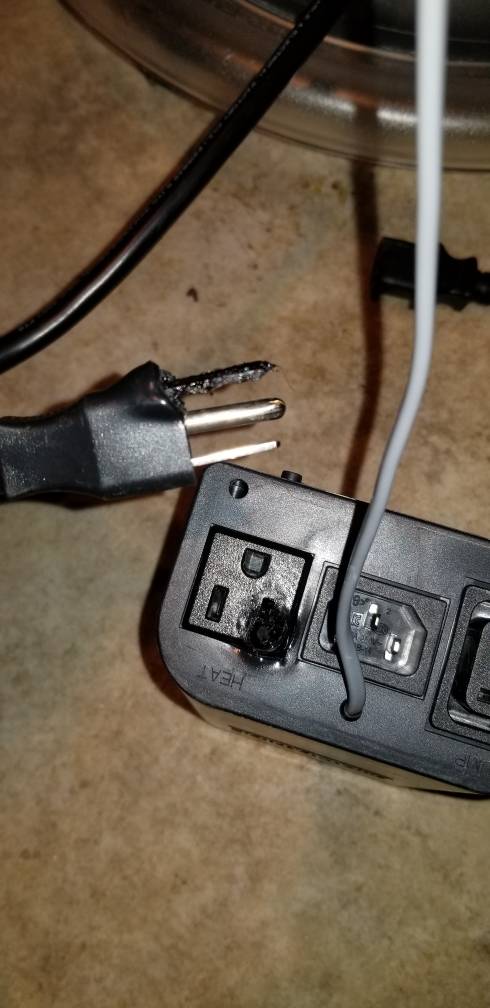jack13
Well-Known Member
I haven't touched the gap on my grain mill in a very long time. Always use 0.025", the finest it can go.
Nevertheless, I could try widening it a little for next time. The grain bed does feel very compacted when I go in there with the spoon.
Nevertheless, I could try widening it a little for next time. The grain bed does feel very compacted when I go in there with the spoon.































![Craft A Brew - Safale S-04 Dry Yeast - Fermentis - English Ale Dry Yeast - For English and American Ales and Hard Apple Ciders - Ingredients for Home Brewing - Beer Making Supplies - [1 Pack]](https://m.media-amazon.com/images/I/41fVGNh6JfL._SL500_.jpg)


























